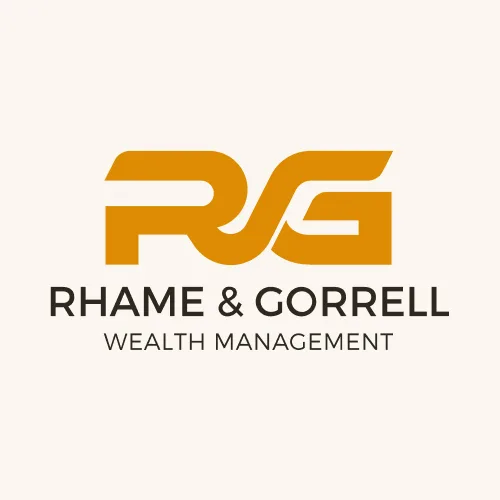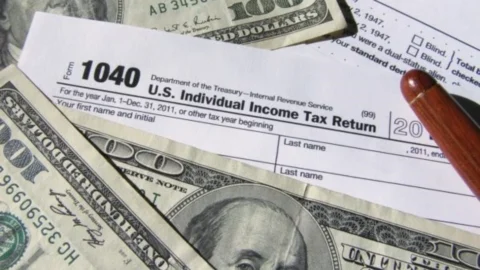RGWM Market Thoughts – December 5, 2018
Last week we saw significant positive developments across a broad range of sectors in global equity markets. The S&P 500 saw a weekly return of 4.91% with health care, consumer discretionary, and information technology leading the way. Investors seemed to have finally figured out the parameters of how the Fed playbook would play out and fears of an overly restrictive Fed policy faded.
An additional holiday surprise over the weekend came in the form of President Trump and Chinese leader Xi Jinping agreeing to a 90-day “ceasefire” in the current trade war.
Equity markets predictably rallied on the news on Monday, adding to the previous week’s advances. The “answers” to the market’s most pressing questions seemed to have been resolved with the focus moving back towards current fundamentals.
Yesterday, the market dropped ~3% points as questions arose as to exactly how much progress had been made in the trade talks with China. President Trumps “tariff man” tweet did nothing to calm investors – indeed the market dropped almost 2% after that post.
Where does that leave us today?
The Greek philosopher Aristotle originated the concept of “horror vacui” – loosely translated as “nature abhors a vacuum”. In our opinion, this seems to embody the current state of the financial markets. Financial markets abhor uncertainty; the vacuum of information. Typically, this uncertainty vacuum is replaced by fear and increased volatility. Think of the reaction that most parents have when a child isn’t home an hour after curfew. “Something bad must have happened” – human psychology looks at the worst case scenario first, even though it is usually the least likely probability. More than anything else, this explains the recent behavior of the financial markets.
The New York Times makes the case about the financial market psychology:
“There is just no pleasing the financial community. Evidence of stronger growth is producing fear of too much growth – sending the markets down. The markets are simply behaving irrationally, and have for several months. The question is why?”
That encapsulates the current market psychology – except it was written in 1994. The following 6 years saw explosive growth in US equity valuations, although few would have predicted that outcome at the time.
We are not in the business of prediction. What we are in the business of is managing risk. As we have stated in almost every communication, avoidance of major risk and loss is the primary factor to long term wealth accumulation. This is our primary focus. However, that doesn’t mean we will avoid all risk. We would characterize the current environment as higher risk, but of a short term nature. We don’t see enough evidence that the current indicators in this market environment are signaling recession.
How many more times will Fed increase rates and what will the lasting effects be in the market?
The current yield curve implies that the market is now pricing in a definitive end game for this tightening cycle and it’s an upper target for the Fed Funds rate of 3.00% by end of next year (3 more hikes), and then cuts no later than 2021. So the best way to interpret this inversion is that it is a market message to the Fed to STOP!
As mentioned in our October 30th newsletter, one of the more reliable recession indicators has been the level of the Fed Funds rate relating to nominal GDP (the real rate of GDP plus inflation). When the Fed Funds rate exceeds the 2 year rolling average of nominal GDP it is a strong signal that the Fed policy is restrictive and a strong indicator of recession. The current outlook of less aggressive and fewer rate hikes makes the possibility of this occurring even less likely.
What about the yield curve inverting as a sign of impending recession?
This has become a hot topic among investors recently. Yield curve inversions are a signal, not a cause for recession. However, the reliability of this signal is questionable following the globally manipulated interest rate environment of the past 10 years. Since 2008, global central banks have adopted a number of unorthodox monetary policy tools to stimulate the economy, including asset purchases and negative interest rates. As central banks gradually normalize monetary policy, there may in turn be knock-on effects to the shape of the yield curve.
Current state of trade war with China and/or other countries?
Immediately following the weekend it appeared that significant progress had been made in reaching a compromise to end the trade war. Before the agreement, a tariff increase in the range of 10% to 25% had been set to hit $200 billion worth of Chinese goods on January 1st. In exchange for the 90-day pause, China would purchase an unspecified but apparently “very substantial” amount of agricultural, industrial, and electronic products. However, President Trump followed up the announcement with a tweet self-proclaiming himself as a “tariff man”. This in combination with a less confident stance from the White House pulled the market back into confusion over whether escalation or de-escalation was on the horizon. The current trade tensions and tariff exchanges between the US and China has produced a tremendous of amount of uncertainty in the market, producing a strong headwind that has held back the market significantly. Regardless of the day’s headlines it is important to note that both leaders stand to benefit from a mutually beneficial compromise. If you look who stands to lose the most from continued tariff levying, the current state of the Chinese markets and economy would signal President Xi. We still believe that such a “ceasefire” agreement will be reached. A mitigation of trade tensions would remove one of the more concerning obstacles to global equity markets.
Need Some Help?
If you’d like some help from one of our CPAs or CERTIFIED FINANCIAL PLANNER (CFP®) advisors regarding this strategy and how it applies to you, the Rhame & Gorrell Wealth Management team is here to help.
Our experienced Wealth Managers facilitate our entire suite of services including financial planning, investment management, tax optimization, estate planning, and more to our valued clients.
Feel free to contact us at (832) 789-1100, [email protected], or click the button below to schedule your complimentary consultation today.
IMPORTANT DISCLOSURES:
Corporate benefits may change at any point in time. Be sure to consult with human resources and review Summary Plan Description(s) before implementing any strategy discussed herein.Rhame & Gorrell Wealth Management, LLC (“RGWM”) is an SEC registered investment adviser with its principal place of business in the State of Texas. Registration as an investment adviser is not an endorsement by securities regulators and does not imply that RGWM has attained a certain level of skill, training, or ability. This material has been prepared for informational purposes only, and is not intended to provide, and should not be relied on for, tax, legal or accounting advice. You should consult your own CPA or tax professional before engaging in any transaction. The effectiveness of any of the strategies described will depend on your individual situation and should not be construed as personalized investment advice. Past performance may not be indicative of future results and does not guarantee future positive returns.
For additional information about RGWM, including fees and services, send for our Firm Disclosure Brochures as set forth on Form ADV Part 2A and Part 3 by contacting the Firm directly. You can also access our Firm Brochures at www.adviserinfo.sec.gov. Please read the disclosure brochures carefully before you invest or send money.













